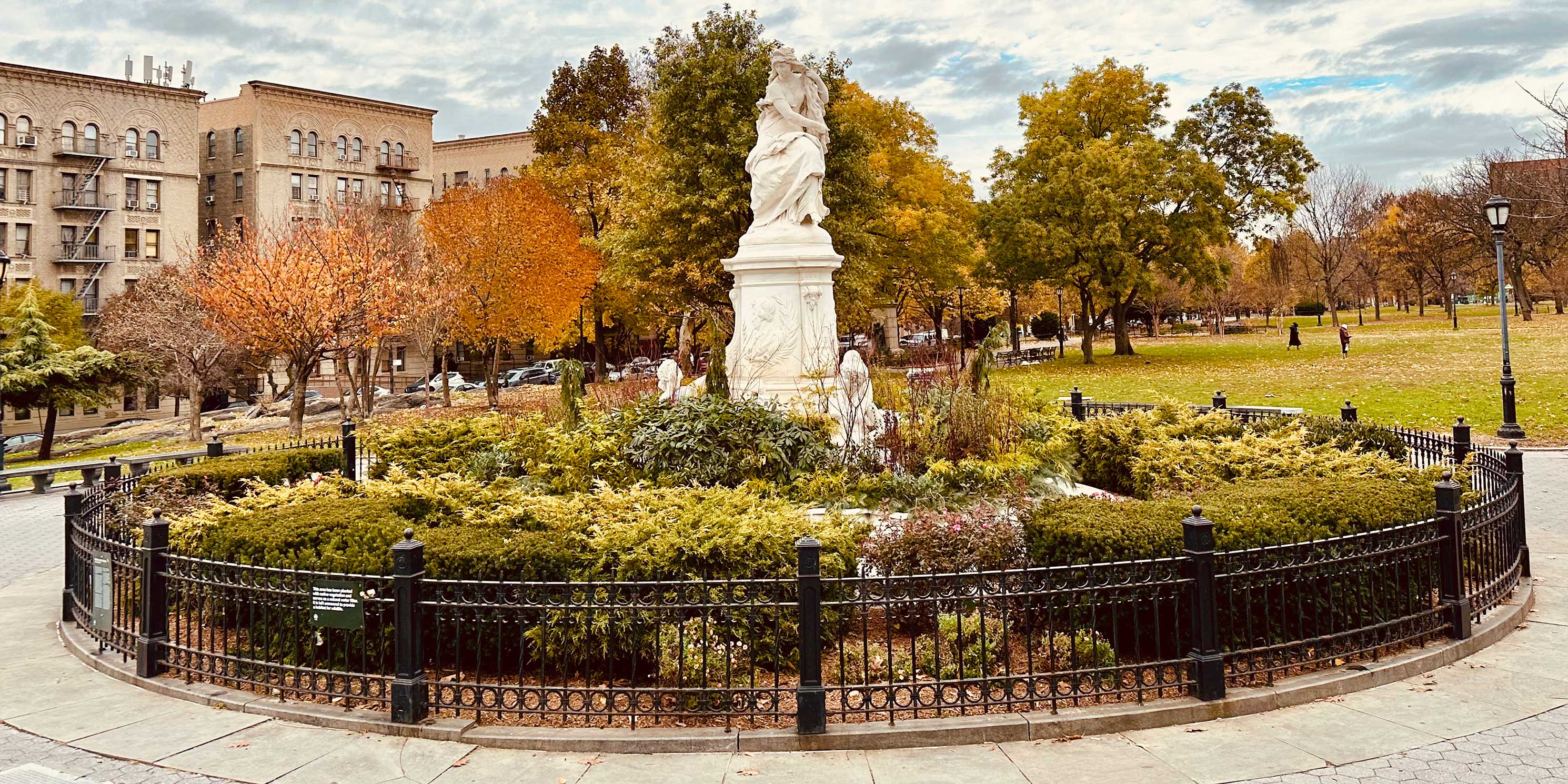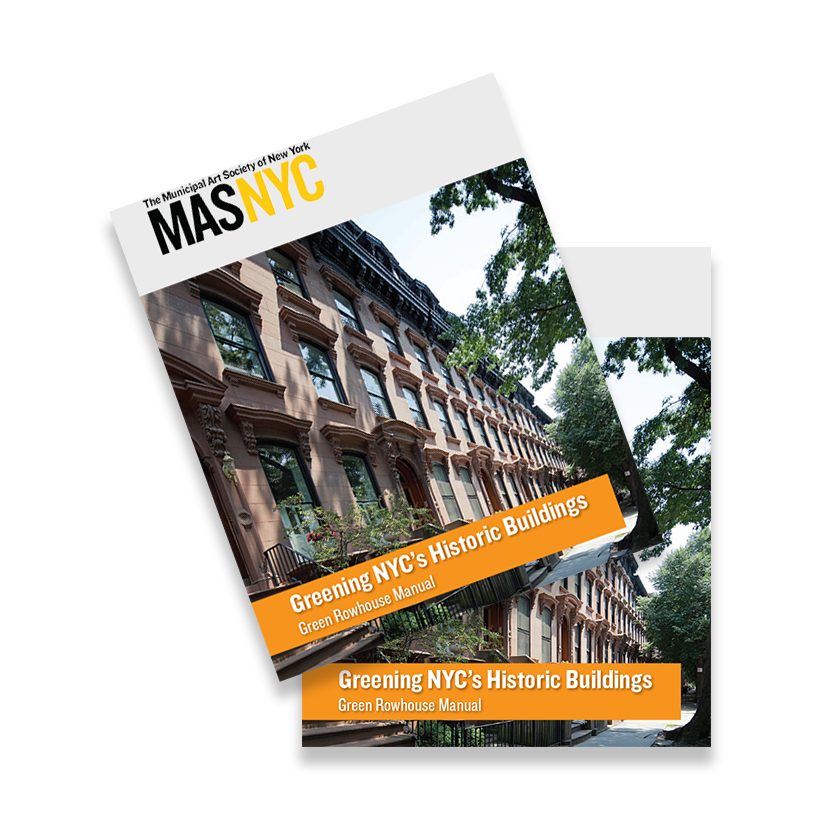Altering Historic Properties: Mapping LPC Permit Applications & Decisions
MAS Launches New Tool to Inform LPC Rules Debate
In January, the New York City Landmarks Preservation Commission (LPC) proposed a series of amendments to the rules governing the operations of the Commission. The proposed changes are intended to increase the efficiency and capacity of the LPC to hear and process applications for alterations to both individual landmarks and properties located in historic districts. In short, the LPC is seeking to shift the review of certain types of applications from the full Commission to the staff.
On Tuesday, March 27, 2018, at 9:30 AM, the LPC will hold a public hearing on these changes at One Centre Street, 9th Floor. The Municipal Art Society of New York created a pair of interactive maps to inform preservation professionals and members of the public alike as they prepare to comment on the proposed amendments.
- Commission Review Map: shows what type of alterations have been permitted or denied by the full Commission.
- Staff Review Map: shows what type of alterations have been permitted by the LPC staff or withdrawn by the applicant.
We hope these maps help bring to light how the LPC fulfills its “purpose of safeguarding the buildings and places that represent New York City’s cultural, social, economic, political, and architectural history” through regulation.
Methods
Data Sources
The primary data source from which the maps were created is “Permit Application Information” available on the NYC Open Data portal. The version used for these maps was last updated on November 3, 2017. The data range from applications received on January 3, 2000 to applications received on June 30, 2016.
The New York City Department of City Planning’s (DCP) MapPLUTO was used to correct the locations of applications related to specific parcels. The most recent version of MapPLUTO available at the time, Release 17v1.1, was used.
The Landmarks Preservation Commission’s (LPC) Historic Districts were used to provide context for permit and application data. A modified version of this dataset with the most recent version of each historic district was used in these maps.
The LPC’s Individual Landmarks dataset from NYC Open Data updated on November 28, 2017, was used to create a layer containing all the parcels on which individual landmarks are located.
Data Preparation and Cleaning
After downloading the “Permit Application Information” dataset as a CSV from NYC Open Data, the dataset was opened in Excel. To clean some of data, some of the Work Type data was modified for clarity of display purposes. Records with empty fields or “Other” listed in Work Type were replaced with “None Listed.” In addition, any field containing the abbreviated term “Alts” was replaced with “Alterations.”
The latitude and longitude provided in the “Permit Application Information” dataset located many parcels on or immediately adjacent to City Streets which made it difficult to distinguish which building was represented by each point. To correct this error, the Borough, Block, and Lot (BBL) of all the properties in the dataset were connected to the MapPLUTO dataset using the table join function in ArcGIS. The resulting parcels were converted using the feature to point tool in ArcGIS to render them as the centroid of the parcel. The setting to ensure that the centroid be located within the parcel was selected. Finally, the latitude and longitude of each point was added back into the original dataset in Excel using the Vlookup function to match the BBLs with the new latitudes and longitudes.
Mapping
All of the records of a particular type of permit or application (Regulation Type in the dataset) were filtered and copied into their own CSV files. Those CSV files were each uploaded to CARTO as a layer for either the “Commission Review” or “Staff Review” map.
Maps were named and styled appropriately for display. Names were given to best represent the type of application or permit represented by the Regulation Type. Colors and shapes were assigned to each type of application or permit to both portray a sense of logic and distinction from other colors in the same map. For example, Commission Denials are each represented by a red “X”.
Relevant fields were added in the pop-up window to ensure that users had access to pertinent information on applications and permits. All layers received the same pop-ups. When users hover over a point on the map, the Docket Number, Address, Regulation Type, and Work Type appear in a pop-up window. When users click a point, the aforementioned field plus the Issue Date and Expiration Date appear in a pop-up window. The “_” was removed from fields with two words for clarity and appearance.
The legend was enabled for each layer and the corresponding color chosen to represent features on the map. Layers within the legend can be toggled on and off with the layer selector to allow the user flexibility.
For each layer, a widget was created that displays the number of applications or permits of each Work Type. The colors used in the widgets correspond to the color of the layer on the map and in the legend. The widgets are also displayed in the same order as the layers in the legend.
For context, a layer containing the historic districts of New York City, as well as the parcels containing individual landmarks is included as a base on each map. Using the individual landmarks dataset and the MapPLUTO dataset, all the parcels containing designated individual landmarks were selected by location in ArcGIS. To eliminate redundant coverage of individual landmarks located within designated historic districts, all parcels overlapping historic districts were selected by location and removed from the layer. The remaining parcels containing individual landmarks were merged with the historic districts layer. For individual landmarks with a specific name (e.g. Rockefeller Center), that name was included in the Area Name column. For those without a particular name, the address was used instead. The resulting layer was uploaded to CARTO. For both maps, the Area Name is displayed.




